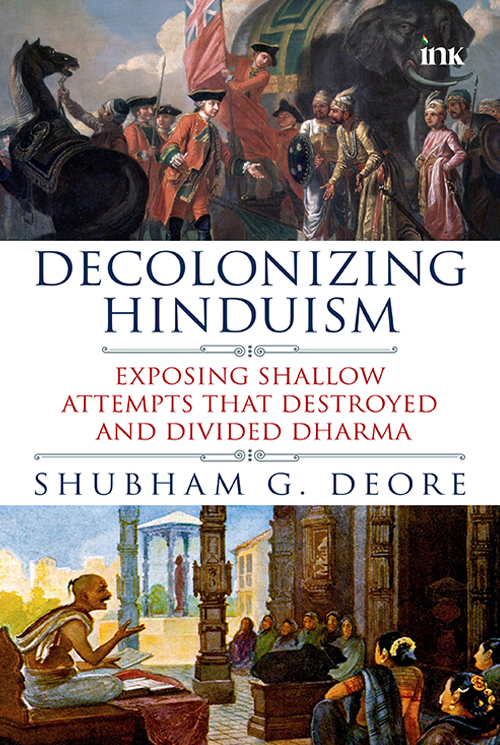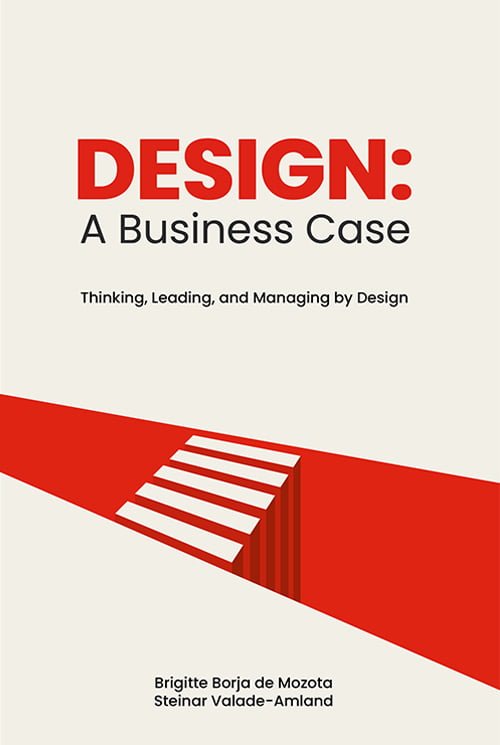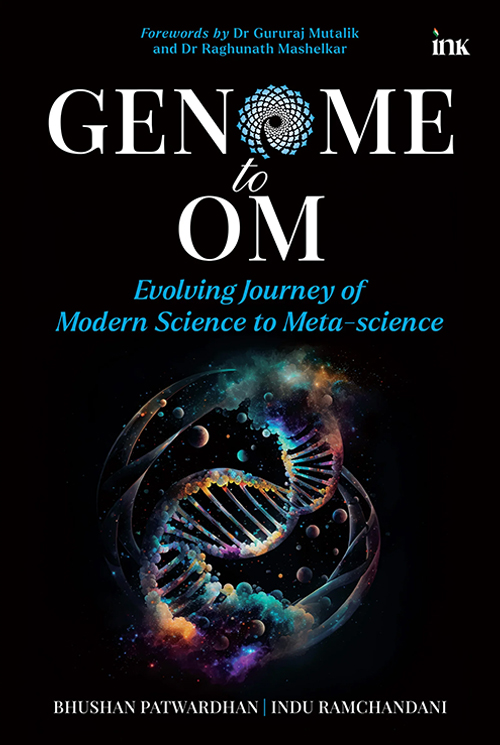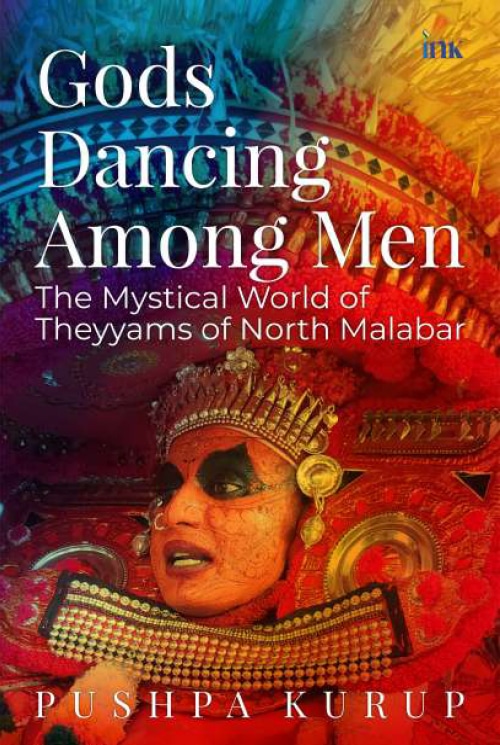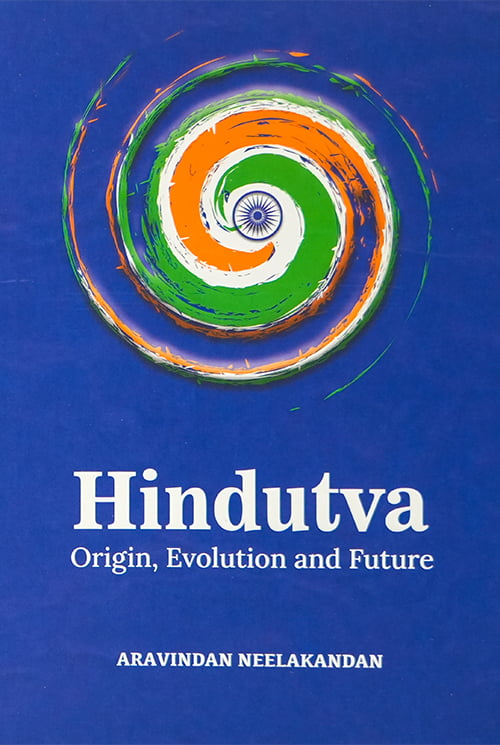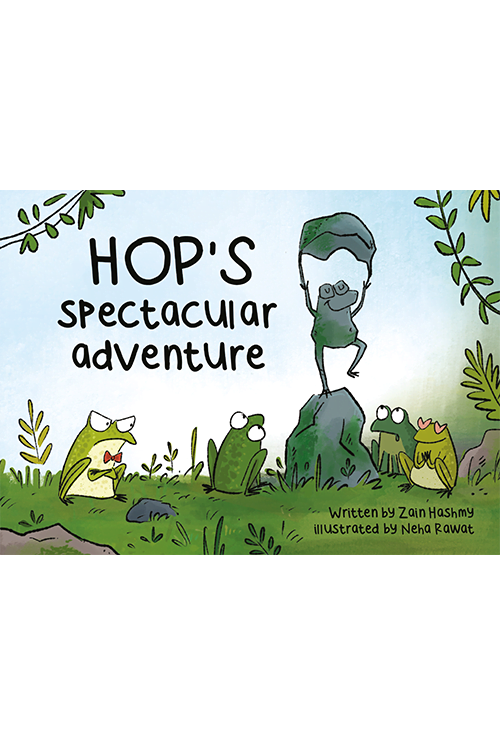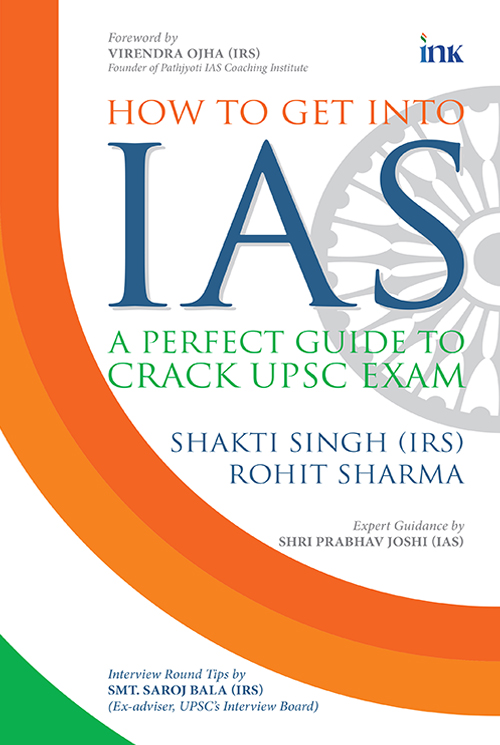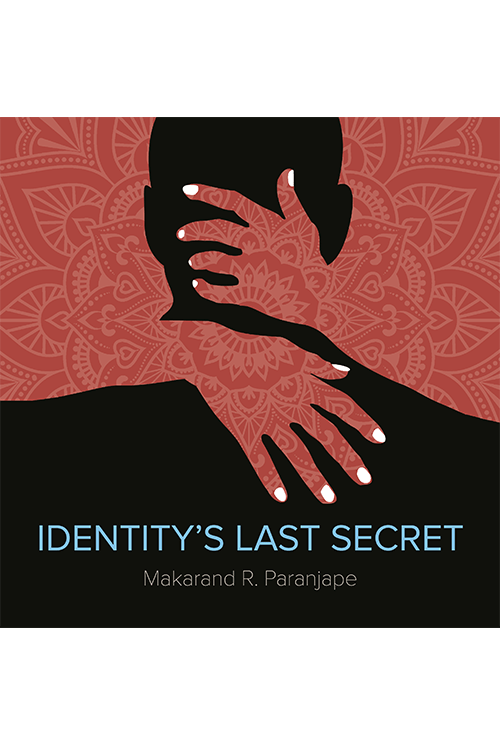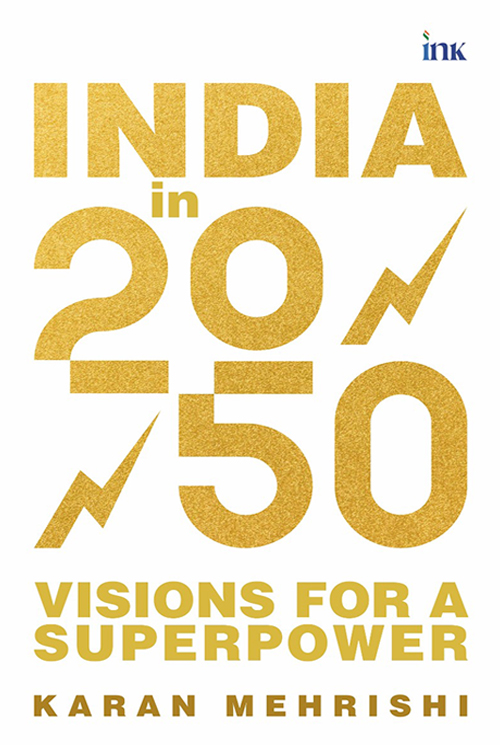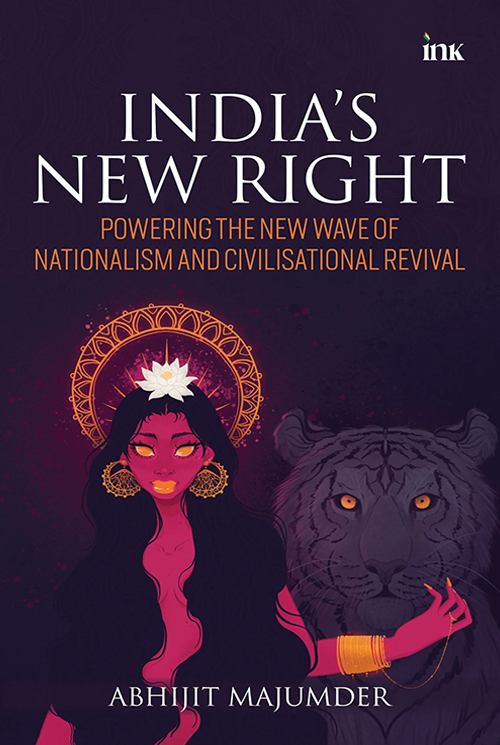Decolonizing Hinduism
History writing, especially of the subcontinent during the colonial era, is filled with preconception and misconception. Colonial historiography stripped Hinduism of its Hindu-ness and India of Bharat. Colonial historicity, according to the author, is merely descriptive and random interpretations of myths rather than engaging with the idea of mythmaking. Decolonizing Hinduism is an attempt to address that. In the book, the author places ecology, astronomy and timescale (yuga cycle) at the heart of the Hindu belief system.
These important dimensions of Hinduism are not taught in our history classes. Instead, perceptions about Hinduism are limited to polytheism, idol worship and caste system. The book tries to rescue Hinduism from these biases and give voice to a uniquely indigenous version of Hinduism. He does so by demystifying the deeper concepts of Hinduism and history with allegories drawn from modern technological innovation in the field of capitalist economy, artificial intelligence, quantum physics, block chain, etc., to make them interesting.


